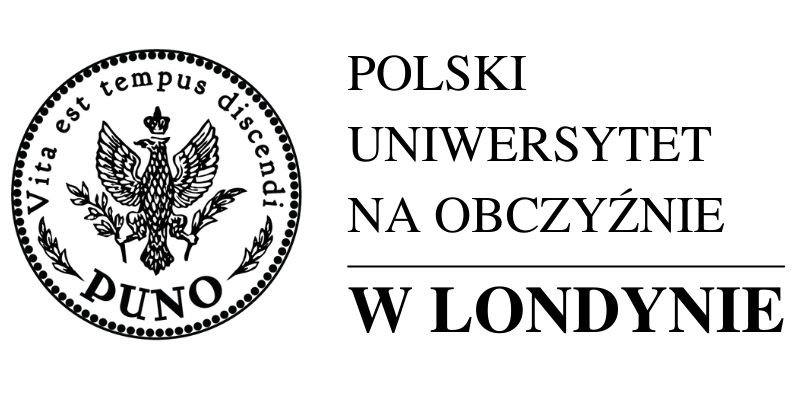Sharenting – are you aware of this phenomenon and its implications for children?
Over than ten years ago, Mark Zuckerberg, the founder of Facebook, said: “To get people to this point where there’s more openness – that’s a big challenge”1. Nowadays the popularity of Facebook and transparency of its users have surpassed Zuckerberg’s wildest expectations. Facebook is one of many platforms for public disclosure (communication, social exchange), there is no doubt that he started the fashion for being permanently online. As Sherry Turkle has stated, most people live with motto “I share, therefore I am.2” Thus they use technology to define themselves by sharing their thoughts and feelings, or simply their lives. Digital technologies has become also an important part of children’s daily lives whatever cultural and geographic context. This is often due to the parents activities who habitually share information about their children on the Internet. Moreover, very often children are not aware that they have become celebrities in social media, because of their parents. Such parental behaviour called sharenting has become more and more common phenomenon all over the word.
Sharenting can cause many negative consequences, putting children at risk: loss of privacy (children do not have a say in what information is shared about them online, this digital footprint can be difficult to control later in life), identity theft (personal information can be used for identity theft, impacting children’s security), exploitation (images and information can be used for commercial purposes), cyberbullying and harassment.
The main goal of GUARDIAN is to investigate the extent and dimensions of sharenting in Europe and East Africa as well to understand parents’ motives for sharenting and children attitudes for being shared.
The specific objectives of the project are:
- Providing the solid evaluation of the sharenting phenomenon and the policies of engaged countries regarding the protection of children’s rights in digital space.
- Getting to know children’s point of view on sharenting phenomenon, as well establishment of their expectations regarding participation in a virtual community.
- Making the critical comparative analysis that draws together national and international studies, what will allow to reach wider conclusions concerning sharenting phenomenon, reveal cross-national trends to sharenting and eventually enable to share key lessons and best practice.
- Provide guidance and recommendations on the measures required in order to respect, protect and fulfil children’s rights in the context of using the digital media.
- Helping parents to navigate the online world responsibly, prioritize their children’s well-being, be mindful of the information they share, avoiding sensitive details and consider how it might impact their child’s future.
- Promoting the rights of the child and raising the awareness of engaged states in the scope of opportunities, risks and challenges experienced by children in the digital environment.
